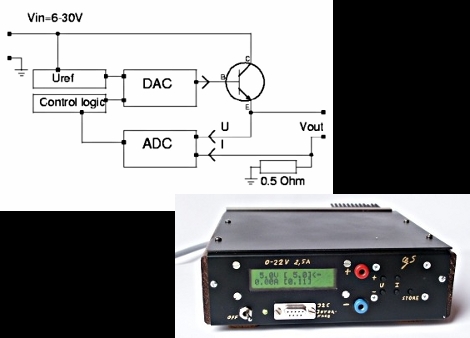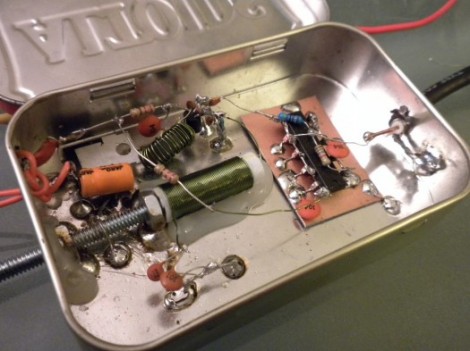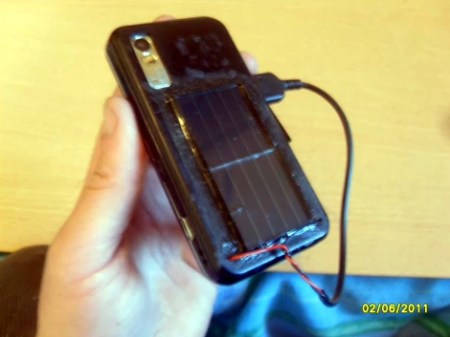
You can buy nice audio breakout equipment for your iPod if you don’t mind breaking the bank. This is partly because the demand is not incredibly high so commercial breakout hardware doesn’t benefit from volume discounts. But it’s also because Apple charges licensing fees for third-party accessories (often referred to as the “Apple Tax”). [Reed Ghazala] decided to side-step the whole situation by building his own accessory which he calls the iPad Audio Desk.
It all starts with a breakout board. The PodBreakout Mini provides an easy to solder interface for the iPad, and ensures that the repetitive act of plugging and unplugging the connection doesn’t break a solder connection. From there [Reed’s] enclosure finishing skills take over. The shape and curve of the aluminum sheet give the look befitting an expensive tablet device. Along the back you can see the jacks for line-in, line-out, video, mic/guitar, and headphones that make the dock useful. It wouldn’t be hard to make one… but it might be hard to make one look this great. See for yourself after the break.
















